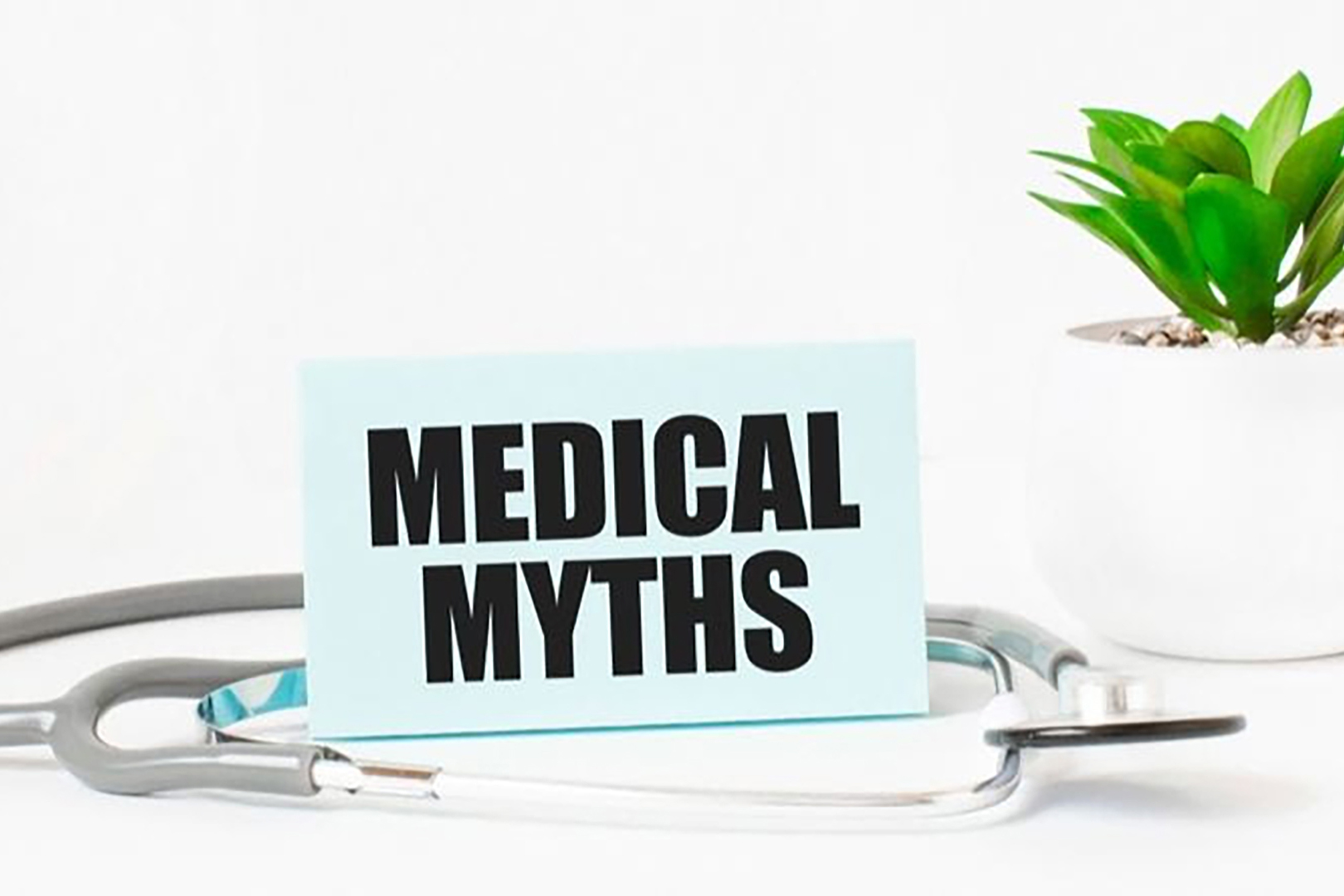Dear readers,
Unless you’ve been completely disconnected from health news, you’ve likely heard about the remarkable results people are achieving with GLP–1 medications like Ozempic, Wegovy, and Mounjaro. These medications have revolutionized weight management and metabolic health by mimicking a naturally occurring hormone in your body: GLP–1 (Glucagon-Like Peptide-1).
But what if you could increase your body’s own natural GLP–1 production without medication? While the results may not be as dramatic as injectable medications, there are evidence-based strategies to naturally optimize your GLP–1 levels – potentially improving blood sugar control, reducing cravings, and supporting healthy weight management.
Understanding GLP–1: Your Body’s Natural Satiety Signal
GLP–1 is produced by specialized cells in your intestines when food (especially nutrients like protein and fiber) enters your digestive system. This remarkable hormone:
- Slows gastric emptying, helping you feel fuller longer
- Reduces appetite at the brain level
- Stimulates insulin release from the pancreas
- Suppresses glucagon (a hormone that raises blood sugar)
- Reduces post-meal blood sugar spikes
The success of GLP–1 medications lies in their ability to mimic and amplify these natural processes. However, these benefits don’t have to come exclusively from prescription medications.
Natural Strategies to Boost Your GLP–1 Levels
1. Strategic Meal Composition and Timing
Research indicates that certain dietary patterns naturally stimulate GLP–1 release:
Prioritize protein: Studies show that protein-rich meals trigger significantly higher GLP–1 secretion than carbohydrate-dominant meals. Include quality protein sources like fish, poultry, eggs, legumes, or plant-based protein at each meal.
Emphasize fiber: Soluble fiber (found in oats, beans, apples, and flaxseeds) not only slows digestion but also ferments in the gut, producing short-chain fatty acids that stimulate GLP–1 secretion from intestinal cells.
Consider meal sequencing: Research suggests eating protein and vegetables before carbohydrates at a meal can increase GLP–1 levels by up to 30%, improving post-meal blood glucose response.
Practice intermittent fasting: Some studies indicate that time-restricted eating patterns may improve GLP–1 sensitivity and secretion.
2. Optimize Your Gut Microbiome
Your gut bacteria play a crucial role in GLP–1 production. Certain beneficial bacteria have been shown to directly influence GLP–1 secretion through their metabolic byproducts.
Consume prebiotic foods: Garlic, onions, leeks, asparagus, dandelion greens, and jerusalem artichokes contain specific fibers that nourish the bacteria that influence GLP–1 production.
Include fermented foods: Yogurt, kefir, sauerkraut, and kimchi introduce beneficial bacteria that may support metabolic health and hormone signaling.
3. Consider Specific Nutrients
Olive oil: The monounsaturated fats in olive oil have been shown to stimulate GLP–1 secretion.
Green tea: Some research suggests that catechins in green tea may enhance GLP–1 activity.
Cinnamon: This common spice may help stimulate GLP–1 release while also improving insulin sensitivity.
The Pendulum GLP–1 Probiotic: A Targeted Approach
While general gut health strategies are beneficial, specific probiotic strains have been identified that directly influence GLP–1 production. This is where the Pendulum GLP–1 Probiotic offers a promising approach.
This specialized probiotic contains strains specifically selected for their ability to:
- Increase natural GLP–1 secretion
- Produce butyrate, a short-chain fatty acid that stimulates GLP–1-producing cells
- Support a healthy gut microbiome balance
- Help reduce post-meal glucose spikes
Unlike generic probiotics, Pendulum’s formulation targets the specific bacterial strains demonstrated to influence metabolic hormones like GLP–1. Clinical research on these strains has shown improvements in glycemic control and metabolic markers.
Combining Approaches for Optimal Results
For patients looking to optimize their GLP–1 levels without medications, I typically recommend a comprehensive approach:
- Implement the dietary strategies outlined above
- Begin a course of Pendulum GLP–1 Probiotic
- Add strategic movement after meals (even a 10-minute walk can increase GLP–1 activity)
- Ensure adequate sleep (poor sleep disrupts GLP–1 signaling)
- Manage stress (chronic stress blunts GLP–1 response)
While this natural approach may not produce the dramatic results seen with GLP–1 medications, many patients report noticeable improvements in appetite regulation, reduced cravings, better blood sugar stability, and gradual weight management.
Is This Approach Right for You?
Natural GLP–1 optimization can be particularly beneficial for:
- Those looking to improve metabolic health without medications
- Patients with prediabetes wanting to prevent progression
- Individuals seeking to enhance the effectiveness of other weight management strategies
- Anyone looking to reduce carbohydrate cravings and improve appetite regulation
For patients with diagnosed diabetes or significant obesity requiring medical intervention, these strategies may complement but not replace appropriate medical care.
How to Get Started
We keep the Pendulum GLP–1 Probiotic in stock at our office for your convenience. Simply ask about it at your next appointment.
Remember that consistency is key – the benefits of naturally optimizing GLP–1 develop gradually as your gut microbiome and metabolic signaling improve over time.
To your health,
Dr. Gajer






